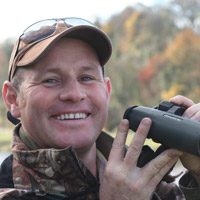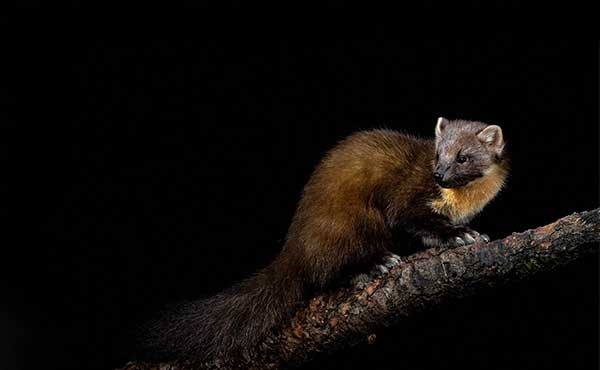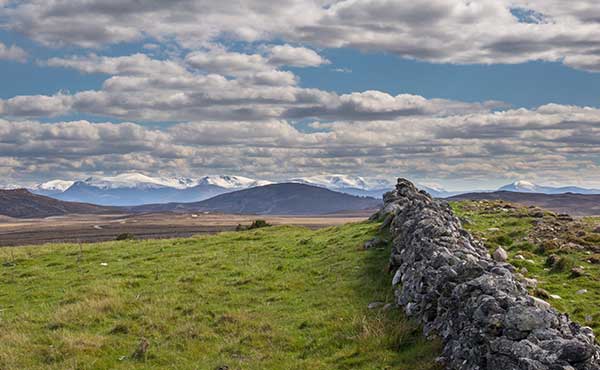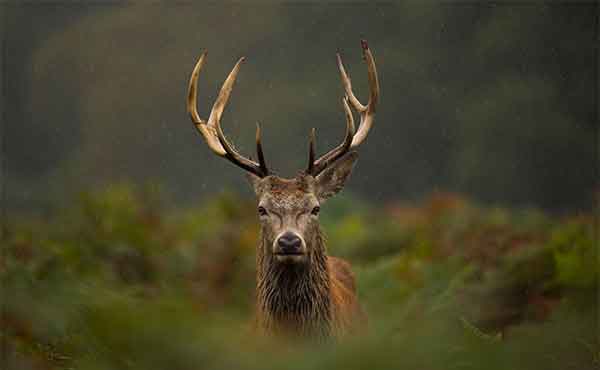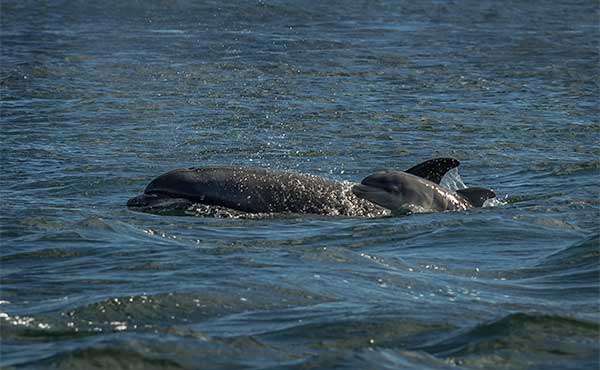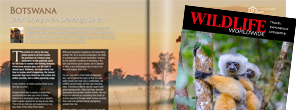We spend the next six days exploring the Scottish Highlands in search of their wonderful wildlife. We visit a variety of locations and habitats to enable us to see the widest variety of wildlife possible, including the ancient Caledonian pine forests, moorland, lower mountain slopes, and highland glens and lochs. We will aim to visit particular locations during our time in the Highlands which are described below; however, the itinerary will be kept flexible so we can adjust to the weather and sightings reports.
On one day we will explore nearby Loch Garten and Abernethy Forest RSPB Reserve, where we search for specialities, including common and Scottish crossbills, crested tit, black grouse, red squirrel and red deer, while the local moorlands of Lochindorb will offer the opportunity to catch up with the famous red grouse. We will also make a visit to Strathdearn a key part of the week, with the self-styled ‘Valley of the Raptors’ sensational for golden eagle, peregrine, goshawk, raven, dipper, with red deer and mountain hare highly likely here too. White-tailed eagles and red kites are being seen here with increased regularity as well.
With the stunning Cairngorm Mountains as a backdrop, it would be a shame not to venture to their lower slopes to see whether any snow buntings have arrived on their winter quarters. On a walk here we might also see Britain’s tamest member of the grouse family, the lovely (rock) ptarmigan. On our way we might pause for a walk in the great forests of Anagach, Rothiemurchus or Glenmore, which also support many of the Great Wood specialties including crested tits and crossbills.
By contrast, we also plan to visit coastal areas along the Moray Coast just to the north of Grantown, such as Rose Isle, Burgh Head and Spey Bay, to track down pink-footed geese and waders moving south. Also the list of wildfowl at these sites is very impressive, with red-breasted merganser, long-tailed duck, scaup, common scoter, velvet scoter and eider all distinctly possible. Also viewable should be a variety of auks and gannet.
Another day will be spent a little further west to visit sites on the coast of the Cromarty and Inner Moray Firth, such as Udale Bay RSPB reserve, where we should see skeins of pink-footed geese etching lines across the sky or dropping to the mudflats. Here they join thousands of whistling wigeon, teal, golden plover and lapwing, all happily feeding until a hunting peregrine swoops down from a great height to secure a meal. There should also be time to visit the Black Isle to look for red kite, corn bunting and tree sparrow, with a visit to Chanonry Point and North Kessock along the way the best opportunities to catch up with common bottlenose dolphin and otter respectively.
Depending on how our sightings have been we may venture further afield and explore the west coast of Scotland by visiting Gruinard Bay and Little Loch Broom. By exploring the west coast, we have another opportunity to encounter golden and white-tailed eagle as well as all three species of diver - great northern, black-throated and red-throated. There is also a chance that we could observe otter as well, so our day on Scoland's west coast will be more than worth journey.
Insh Marshes and Loch Insh should now hold groups of whooper swan, recently arrived from their Icelandic breeding grounds, as well as wigeon, other dabbling ducks, and passerines such as redpoll, siskin and meadow pipits. Such bountiful prey invariably attracts the attention of predators, with sparrowhawk, peregrine and hen harrier all possible, the latter often seen roosting at Insh Marshes.
On one of our evenings, we have exclusive use of a purpose-built hide from where we will spend
approximately three hours waiting to see what visits. Likely species include tawny owl, red deer, badger, and with luck, we'll be visited by one of the UK's most sought after mammals, the fabulously charismatic pine marten. We’ll then return to our hotel later in the evening where a spot of cheese and wine will be available at the bar for those feeling peckish!
